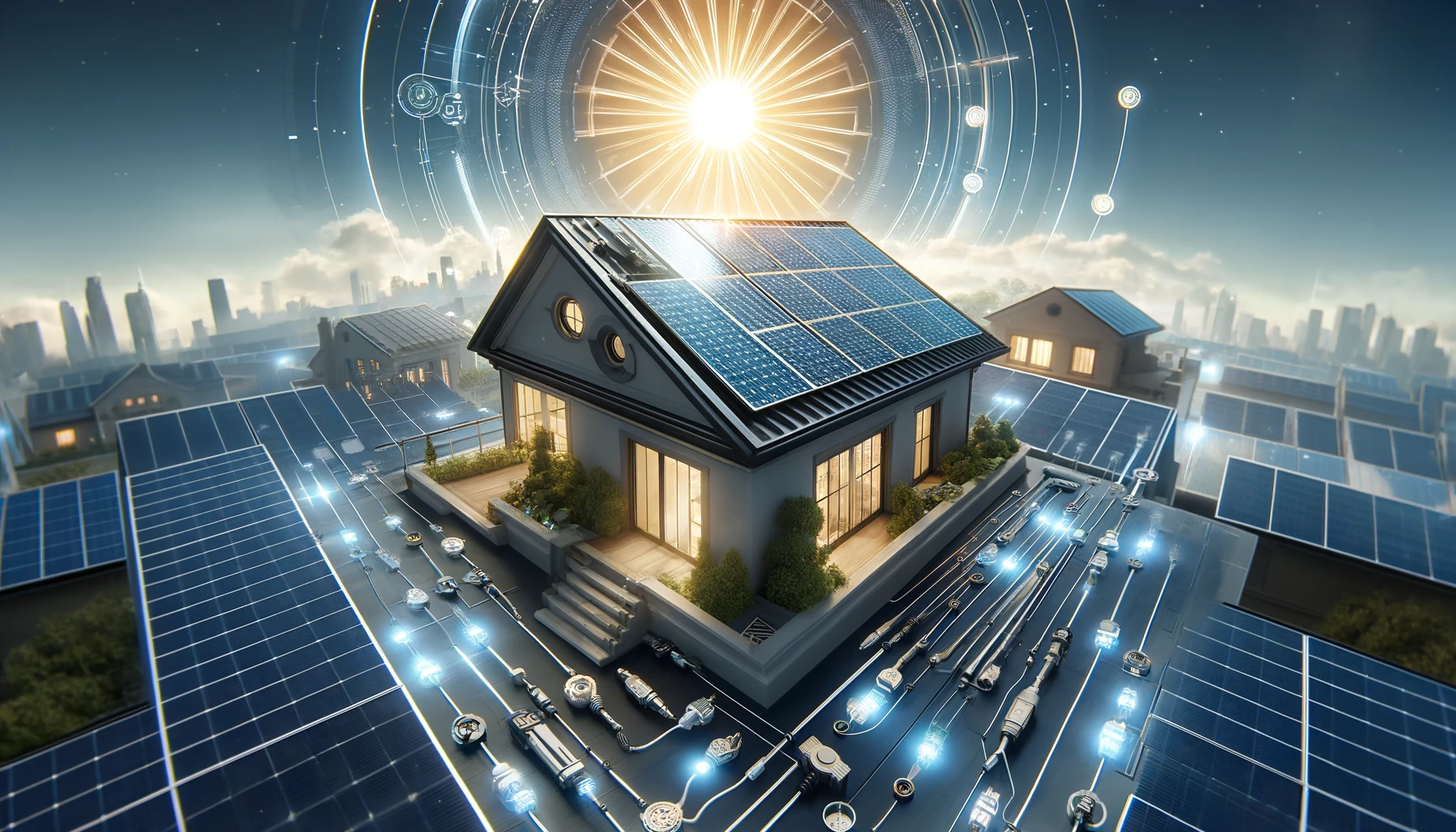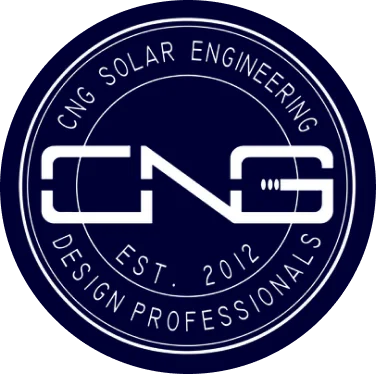Understanding PV Connectors: A Technical Guide for Residential Solar Installers
The Critical Role of PV Connectors
PV connectors are the cornerstone of electrical connections within a solar system, linking solar panels to the inverter and the household’s electrical system. Located on the DC side, these connectors are crucial for maintaining strong, reliable connections and minimizing power loss under environmental stress. Market leaders like Stäubli’s MC4 connectors, as well as those from Amphenol and Tyco, set the standard for reliability. However, the wide variety of connectors available presents a significant challenge: ensuring all connectors are compatible to maintain system integrity.
Tackling the Challenge of Connector Mismatch
Connector mismatches can introduce increased resistance and power losses, and in severe cases, pose fire risks. Compliance with UL 6703 standards for PV connectors and the National Electrical Code (NEC) is critical, yet challenges often arise from installers’ varying familiarity with these standards and manufacturers’ installation instructions.

The Real-World Impact of Mismatches
Consider this scenario: “an insurance company cancelled all coverage for damages related to plug connectors after identifying that the connectors used were not genuine Multi-Contact plugs but were deemed as compatible by the module manufacturer. This issue led to a series of fires in approximately 2 megawatts of PV plant capacity, emphasizing the critical importance of ensuring compatibility and the use of genuine components in solar installations. This incident illustrates the tangible risks and complexities associated with connector mismatches, including the challenges in resolving warranty issues when the original equipment manufacturer (EPC) is insolvent, and the difficulties in obtaining the correct connectors from the module manufacturer (pv magazine USA).”
Additionally, it’s worth noting that PV connectors are recognized as a leading cause of fires in PV systems across many global solar markets. Studies and assessments have highlighted the severity of these issues, with a significant portion of safety inspections uncovering urgent correction needs due to connector-related problems (Mayfield Energy).
Compliance with NEC and Safety Standards
The NEC 2020 revision sheds light on PV connector compatibility, requiring connectors from different brands to be listed explicitly for intermateability. This guideline assists installers in navigating the complexities of ensuring component compatibility, compliance, and safety in residential solar projects.
Proactive Measures for Solar Installers
To guarantee connector compatibility, solar installers must emphasize verification from design to procurement, adhere to manufacturer guidelines, and conduct thorough inspections upon component delivery. Addressing mismatches promptly, through measures such as using jumpers or replacing incompatible connectors, is crucial for maintaining system integrity.
Conclusion: A Dedication to Superior Solar Installations
The challenge posed by PV connector compatibility is indicative of the intricate nature of modern solar systems. By enhancing their understanding of PV connectors and adhering strictly to industry standards and regulations, installers can mitigate these risks. It’s through our collective dedication to quality and safety that we pave the way for a sustainable and dependable solar future.
For installers looking to navigate these complexities with expert design and engineering support, CNG Solar Engineering stands ready to assist. Reach out to us for your design and engineering needs, and let’s work together to elevate the standard of solar installations.

